A classic Georgian manor house in an ancient hilltop town in the Cotswolds
The Lammas is a spectacular Georgian house in one of the finest spots in the Cotswolds, as Penny Churchill explains.

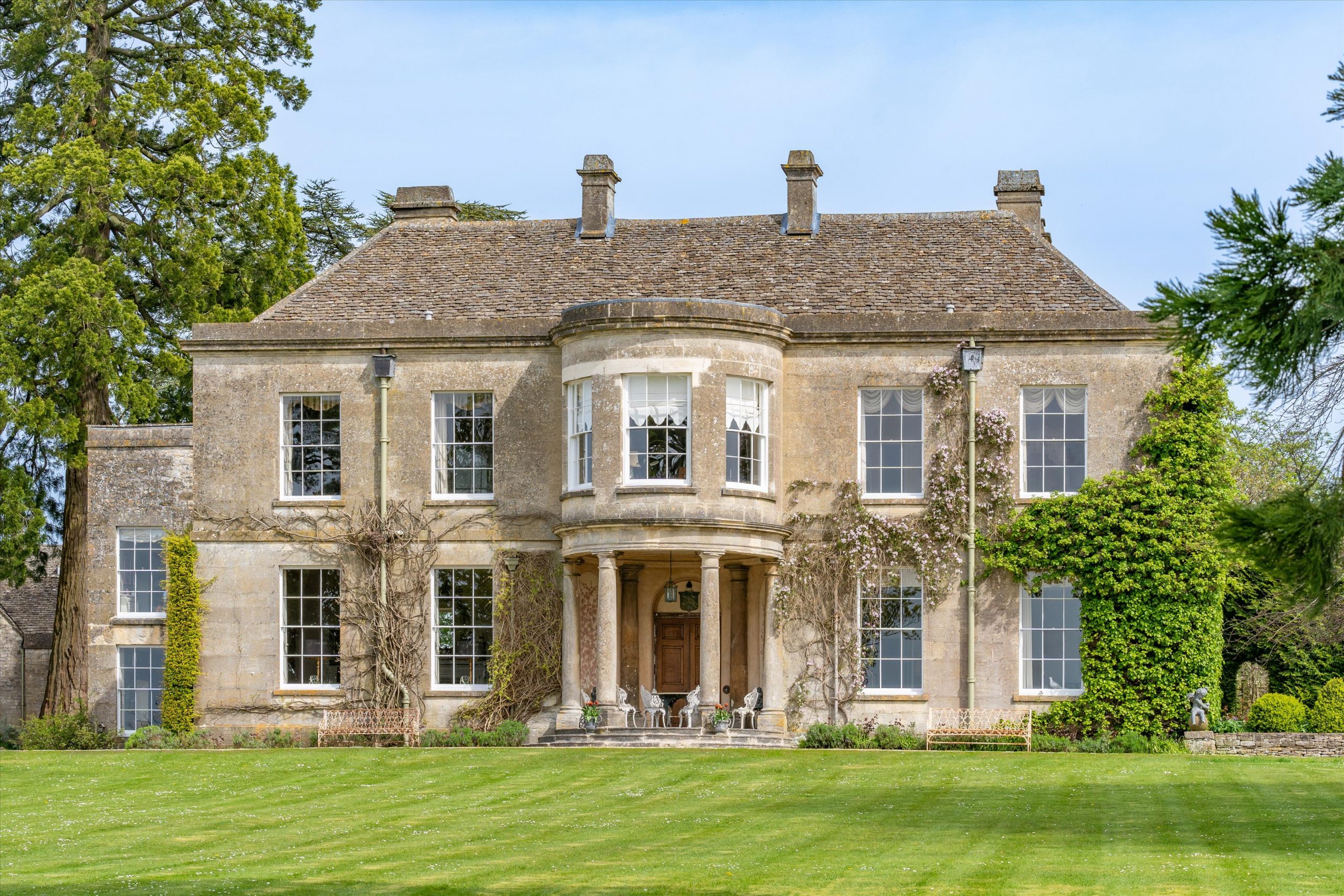
When the invading Roman army arrived in the Cotswolds some 2,000 years ago, they found a region of gentle hills, valleys and streams and a climate of chilly winters and springs. They brought hardy sheep to raise for wool to keep themselves warm; in the Middle Ages, those Cotswold longwool sheep grazed the hills and valleys, providing fleeces from which fortunes were made; later, the Industrial Revolution saw the emergence of Stroud and its surrounding valleys as a focal point of industry, thanks to the many fast-flowing rivers that, at one point, powered some 170 mills.
Amid all this stands the ancient market town of Minchinhampton, on a hilltop four miles south-east of Stroud. The town derives its name from the Old English heatun meaning ‘high town’ and mynecen, meaning ‘nun’, having been granted by William the Conqueror to the Convent of the Holy Trinity at Caen, Normandy, in 1066. Today, a house is for sale on the site of (or at least near) the manor acquired by the Minchinhampton nuns: Grade II*-listed The Lammas, a classic, Georgian house set in more than five acres with mature trees and wonderful valley views. Savills and Knight Frank are joint agents for the sale at a guide price of £8.5 million.
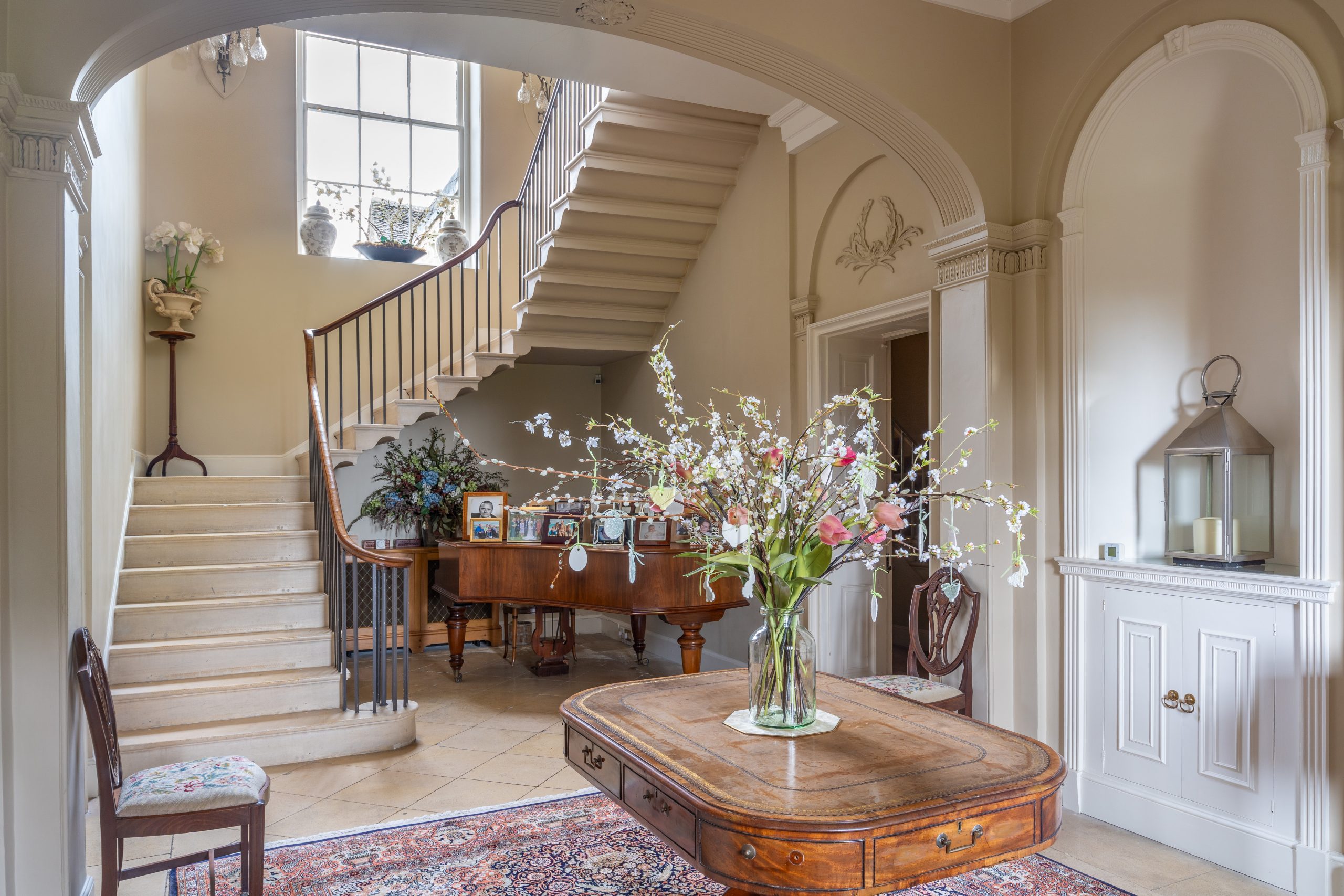
The house offers 8,763sq ft of elegant accommodation, including a reception hall, three principal reception rooms, a study, kitchen/breakfast/family room, playroom and cellars, with three bedroom suites, five further bedrooms and two more bathrooms on the first floor.
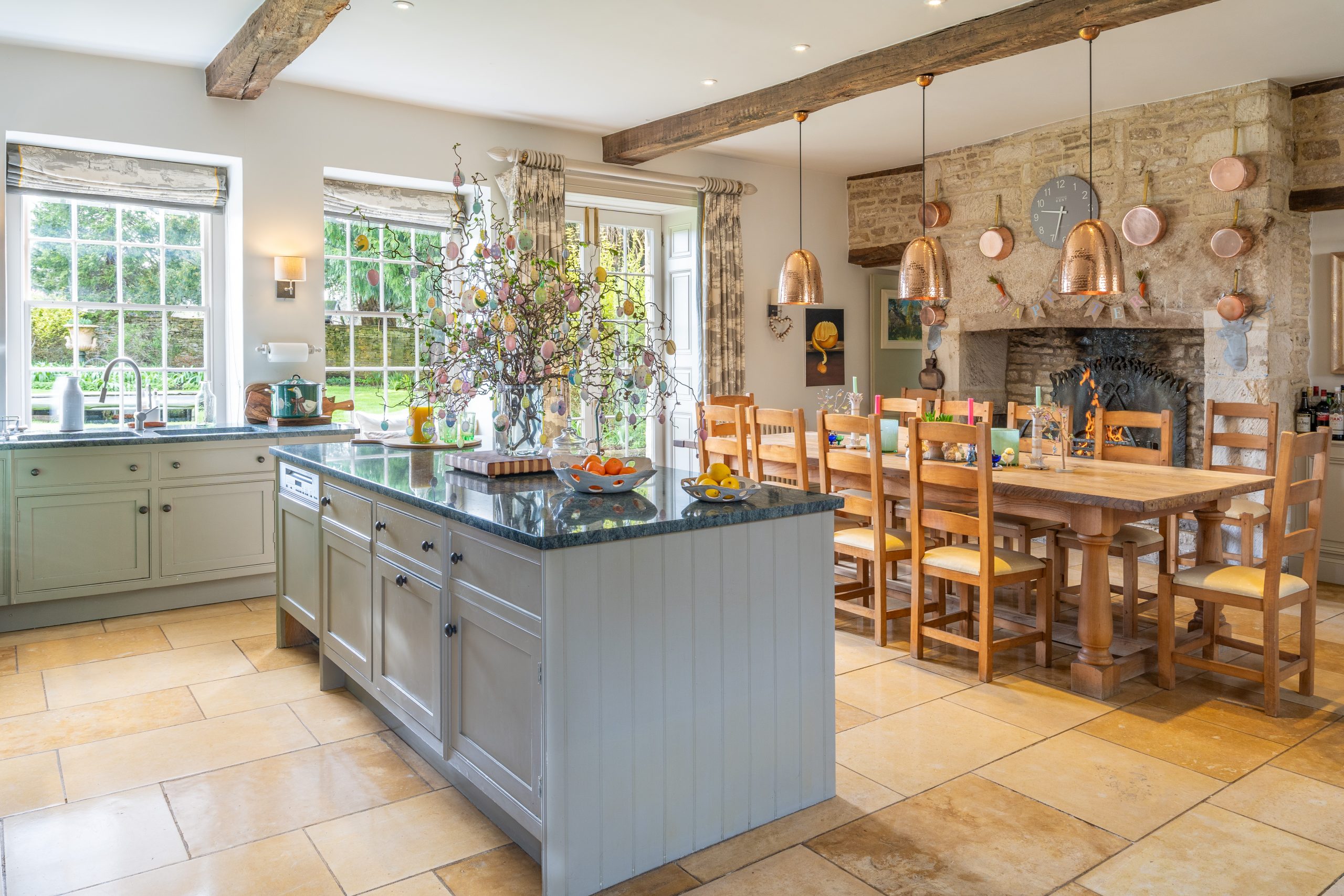
Further accommodation is available in a self-contained, two-bedroom cottage within the main body of the house, the two-bedroom converted coach house and the two-bedroom converted stables.
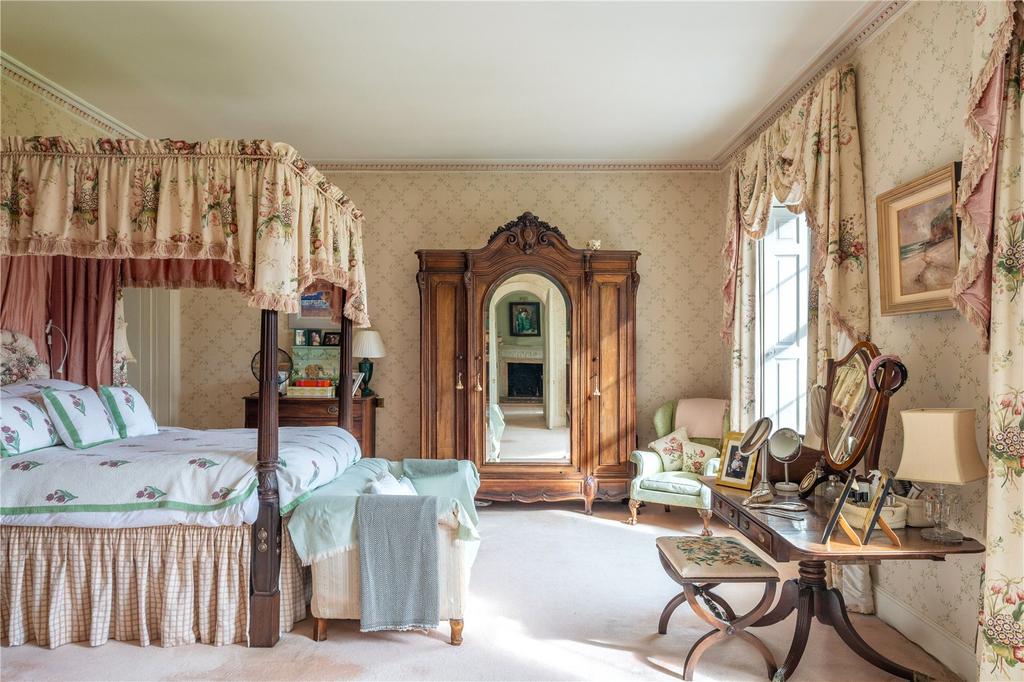
Outside is the 3,400sq ft pool house, a substantial leisure space that includes a large indoor pool with southerly views.

Another interesting building is the restored tithe barn located off the central main courtyard, which boasts an original open fireplace and is anyone’s dream of the perfect party barn.
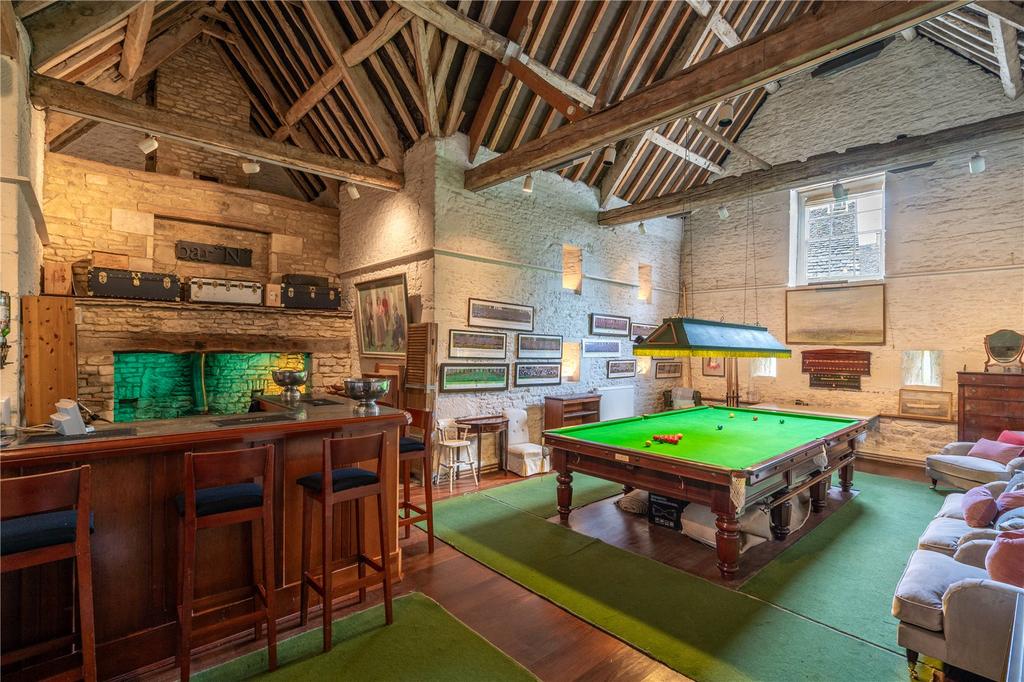
The house apparently takes its name from the pagan harvest festival, although local historians are not sure why. According to the 18th-century historian Ralph Bigland, The Lammas ‘was said to have been situated in the centre of the town and to have been very spacious and to have hanging gardens to the south’.
Exquisite houses, the beauty of Nature, and how to get the most from your life, straight to your inbox.
By then, however, it was no longer the manor, its owners, the Sheppard family, having built nearby Gatcombe Park, now the home of The Princess Royal, as the new manor house of Minchinhampton.
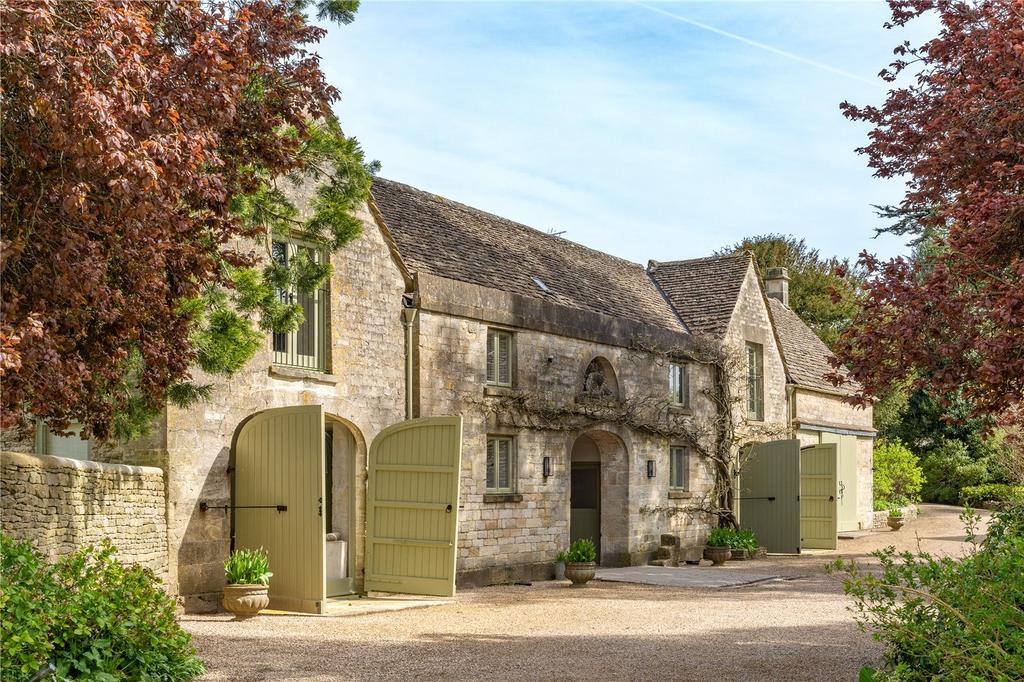
The Lammas was acquired by the Pinfold family of clothiers and mill owners, who operated, among others, Longfords Mill in the Avening valley, into which the Gatcombe estate runs—the Pinfold crest still stands over the main entrance.

It was home to two elderly Pinfold sisters, who, in the late 1700s, were befriended by the town’s newly appointed curate (later rector), the Revd William Cockin. They died shortly afterwards, leaving him all their possessions, including The Lammas.
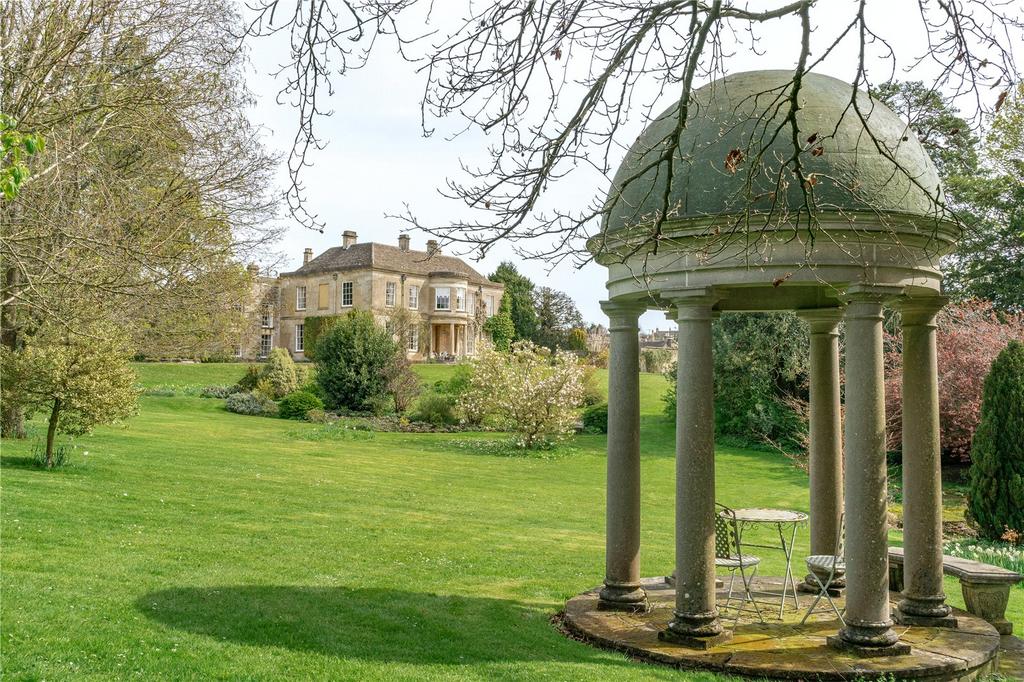
Its Historic England listing describes it as ‘a large detached house, [the subject of] a major rebuilding circa 1800 for William Cockin, rector of Minchinhampton, possibly incorporating the rear wing of a previous house’. Its Georgian front is said to bear a striking resemblance to nearby Atcombe Court at Woodchester and Barton End Hall at Horsley, both also listed Grade II*.
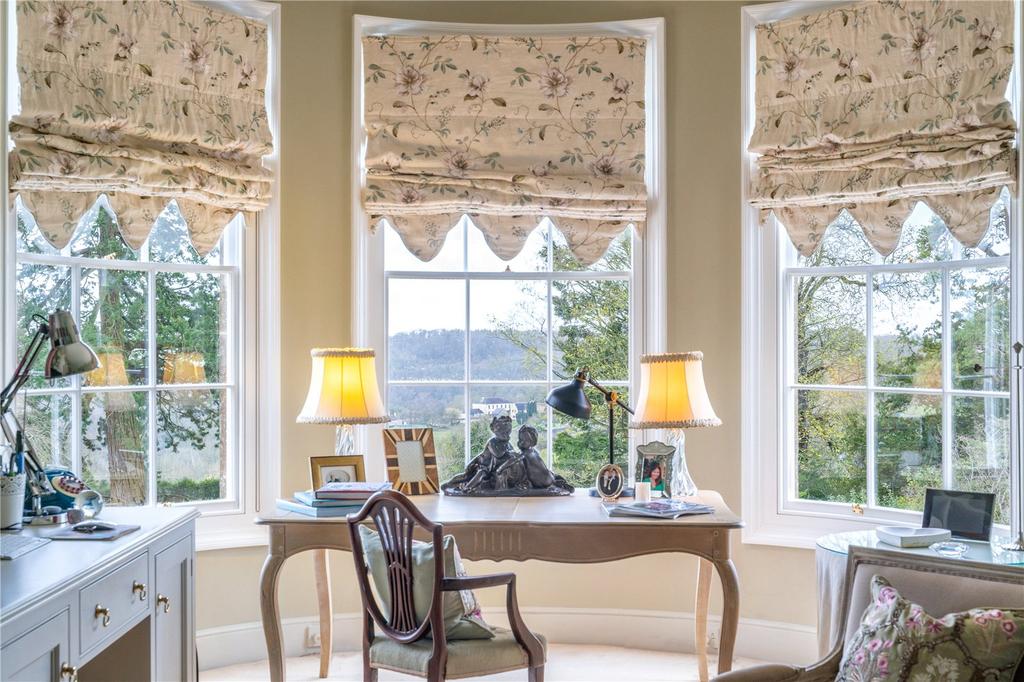
In 1876, Charles Robert Baynes of the East India Company bought The Lammas from Cockin’s heir, after which it remained with the Baynes family until the late 1930s. There followed a succession of gentry owners until 1988, when Lord and Lady Catto bought the property. The present owners inherited The Lammas and moved there from Huntingdonshire some 25 years ago.
The Lammas is for sale at £8.5m — see more details and pictures.

